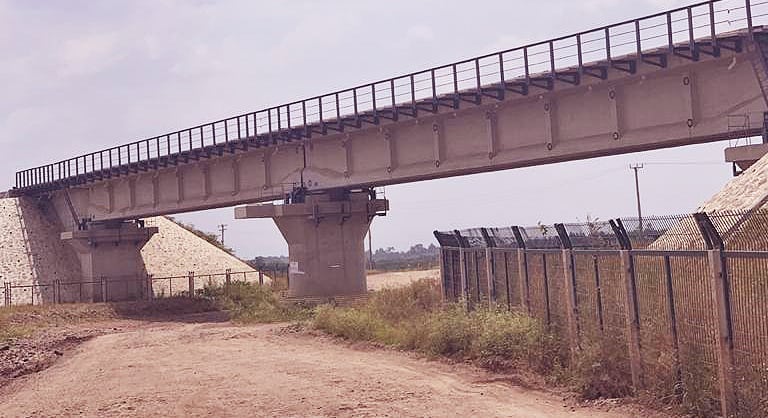Road Ecology: Wildlife corridors and crossings
Few conservation organizations operate in the isolated volatile region of northeastern Kenya; however, this region host an unmatched variety wildlife species unique to this region that lies at the Horn of African’s Biodiversity hotspot. Among the species is the Critically Endangered Hirola Antelope, the Endangered reticulated giraffes and other wildlife species of threatened status, all of which face multiples challenges of recurrent droughts, diseases, overstocking, poaching, habitat degradation, and climate change. In 2020 they are set to face yet another challenge as the government set out to undertake major linear infrastructure projects under LAPSSET that include the Lokichar-Lamu Crude Oil Pipeline (LLCOP), a highways and a standard gauge railway, traversing several counties in Kenya including Garissa county the home of the critically endangered antelope. We have participated in the initial Environmental Impact Assessment Process and in partnership with Kenya Wildlife Service submitted recommendations that among other things take into accounts wildlife crossing and corridors. We will continue to advise stakeholders on developing a long-term biodiversity action plan for this major project.
A global population of fewer than 500 hirola lies at the center of the proposed LAPSSET corridor which by design bisects the hirola historical range into halves thus causing disruption of the hirola and other wildlife species dispersal area and a critical water resource (Tana River). The project has come at a critical time when hcp is undertaking habitat restoration for the hirola. The project is expected to have a positive increment to the hirola population which are set to reoccupy their historical range.

Despite the negative impact, such projects have the potential of bolstering the socioeconomic status of the local communities within these regions that have long been marginalized. Most of the areas in this region are associated with low human densities, low literacy, poor infrastructure and high levels of poverty with the majority of the inhabitants practicing nomadic pastoral-ism. However, any kind of development ought to be undertaken with caution not to negatively impact the rich natural resources found in such an area. Quite often infrastructure development has been associated with the loss of wildlife and livestock migratory corridors.
hcp is a well recognized and respected grassroot organization with a major aim of saving the world's most endangered antelope through community participation and involvement. As such, through our community outreach programs in this region, we ought to sensitize the community on the impacts of the proposed project and guide all stakeholders to a mutually beneficial decision that benefits the locals while ensuring the sustainability of wildlife and other natural resources in this region.
